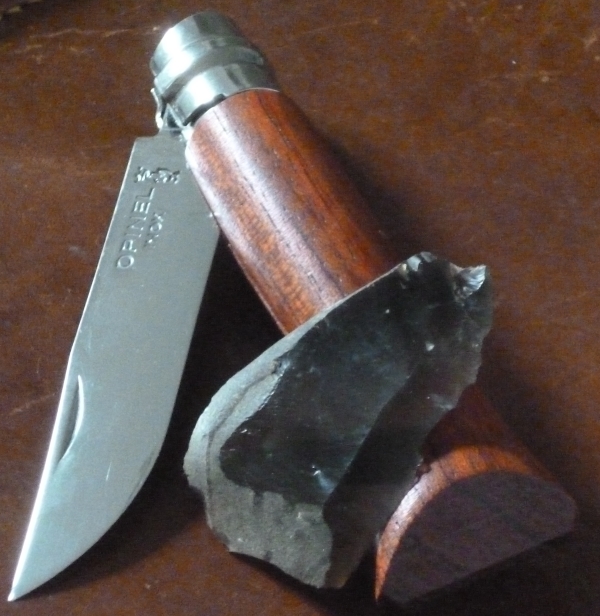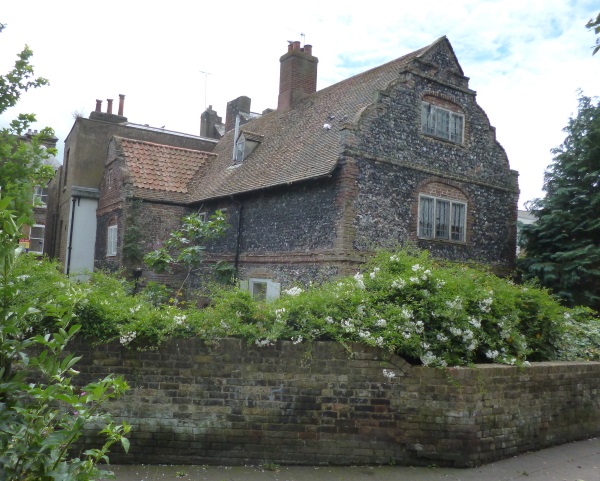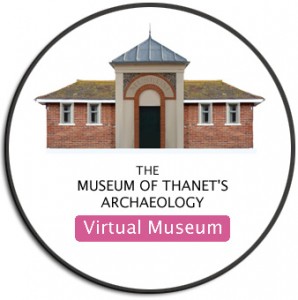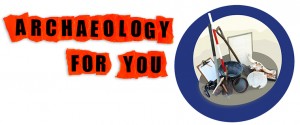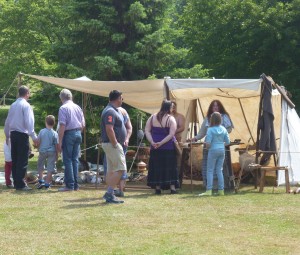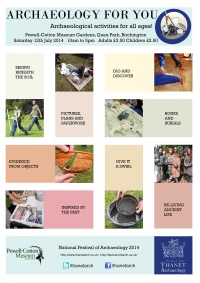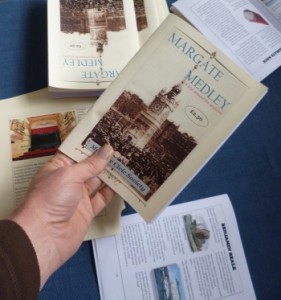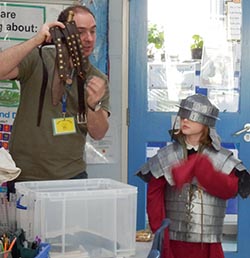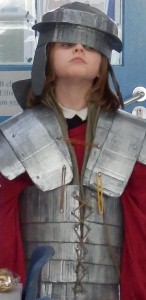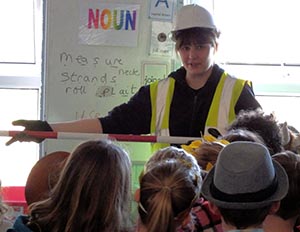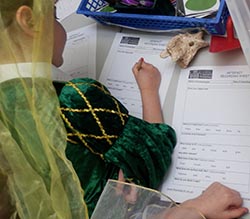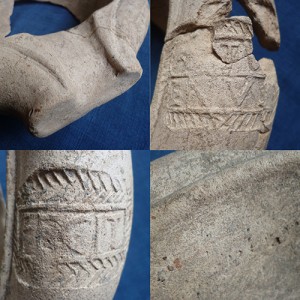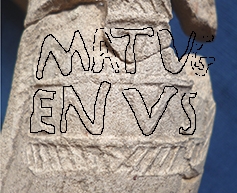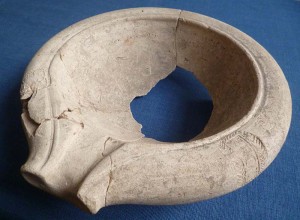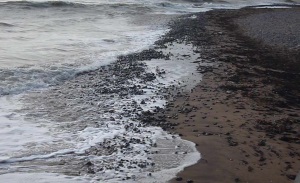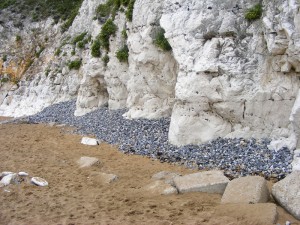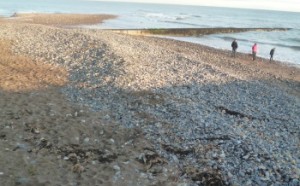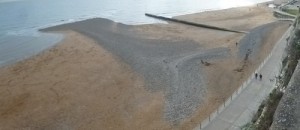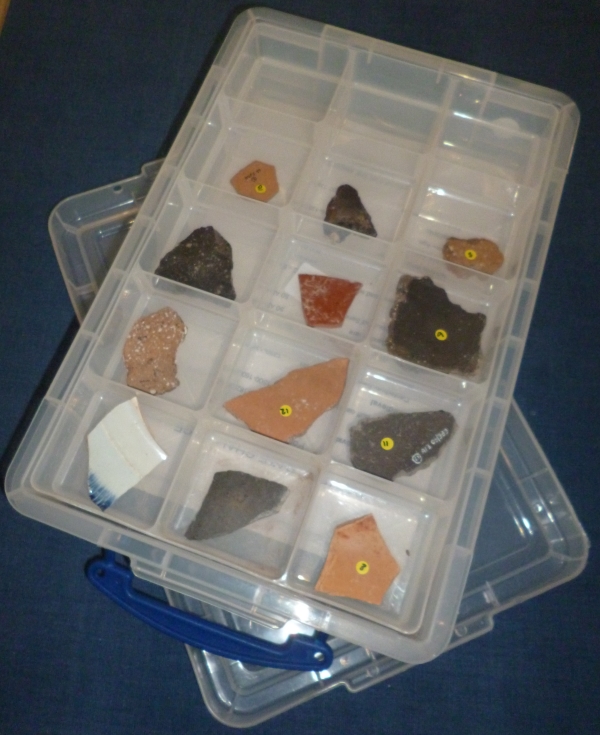
Today’s image is of the Pottery Dating game, a simple introduction to understanding how ceramics are used in archaeological investigation to generate knowledge about people and culture in the past. The pottery dating game is one of the activities we have developed to help people understand the basics of archaeological investigation and analysis, which you can try out at our Archaeology for You event.
Developing the ability to make ceramics was one of the most significant inventions of prehistoric people. Everyday pottery vessels, familiar in form and uses to our own, link us in a long chain to first Neolithic potters, with almost every step of the journey marked with innovations in form, fabric and technological advances and retreats.
Studying ceramics in the archaeological record can grow to a full time occupation, with a whole body of subtle detail that a ceramic specialist needs to become familiar with. The scope of interest in ceramic material ranges from the variety of vessels and fabrics present in the archaeological record, to observing how modern potters manipulate clay and construct objects from it. Piecing together the sequence of the potters craft involves tracing cultural cross references, short lived fads and long lived styles that defy the creative urges of the moment in favour of utility, familiarity and tradition.
From the earliest days of archaeological research there has been a recognition that an archaeologist should be familiar with the range of ceramics that are common in their area of research, in the period they study and the geographical regions they focus on. Indexing and sequencing the ceramic types associated with a field of study is a basic building block in establishing regional time lines and tracing common ways of life.
How does the pottery dating game work?
To become familiar with the methods used to analyse ceramics, there’s no substitute for hands on experience. But, as in many unfamiliar activities. people are not confident of their own abilities and are nervous about making mistakes. The pottery dating game is a confidence building exercise which shows that we all have the skills of reasoning and observation that form the foundation of the systems used to analyse and classify ceramics.
The dating game box contains a set of sherds of pottery ranging in date from the early prehistoric to the modern era, all with distinctive characteristics. We invite you, without any previous experience of archaeological pottery, to place the sherds in the order from earliest to latest according to your own ideas and experience. Before we compare the sequence you decide on with the order and dating given by an expert in archaeological ceramics, we ask you to explain the observations and decisions you made in ordering the sherds.
How close do you think you might get to the actual sequence on the first go? How do your observations fit with those of experienced ceramic archaeologists? Perhaps you know more about the technology and craft of the past than you think you do…
